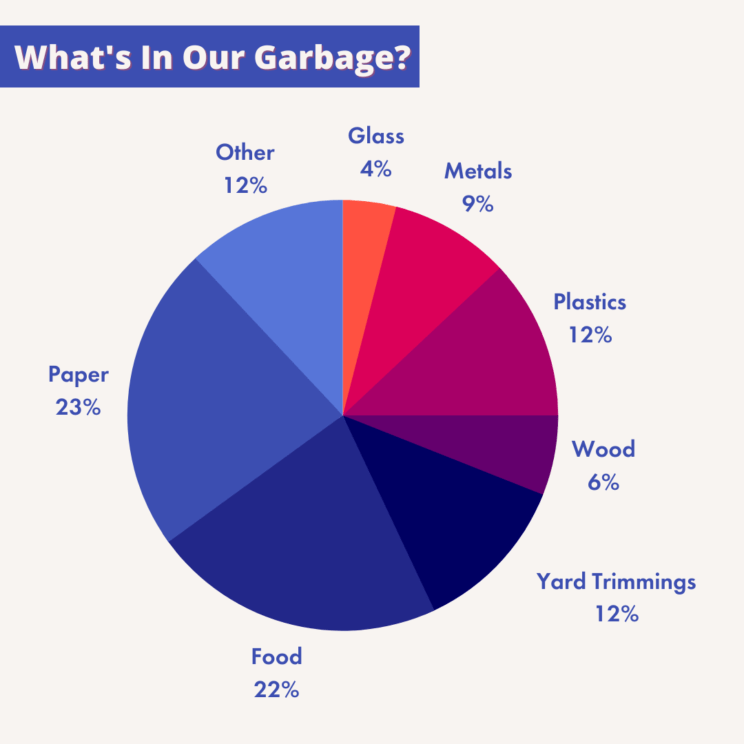I’m two weeks into Zero Waste Academy, a four-week, nine-module course hosted by New York City’s Sanitation Foundation. I never thought I would be so interested in trash, but the content is absolutely fascinating. Learning about the current waste landscape—from commercial waste and food waste to the circular economy, I look forward to each class.
Here’s the challenge: Once you start noticing waste in a new way, you can’t unsee it. And once you know the staggering numbers, you can’t help but want to do more.
Did you know…
- According to the EPA, the United States generates 292.4 trillion pounds of trash per year.
- That works out to 4.9 pounds of trash per person per day – up 182% since 1960.
- Through recycling and composting, approximately 75% of our waste can be diverted from landfills. Only 33% actually is— a 43% gap.


These three statistics tell a simple story: we make too much unnecessary waste which ends up in a landfill. Not enough is done (by waste management companies, by state and local governments, by us) to divert our waste to its proper place: recycling and composting.
This week, assess what’s going into your garbage can.
- Really investigate what can be recycled and what can’t. It varies by state.
- Check out how much food is going into your bin and consider composting.
- Find ways to reduce what lands in your trash and ultimately the landfill.
This is a great act of service for Earth—and us. We’re connected.




